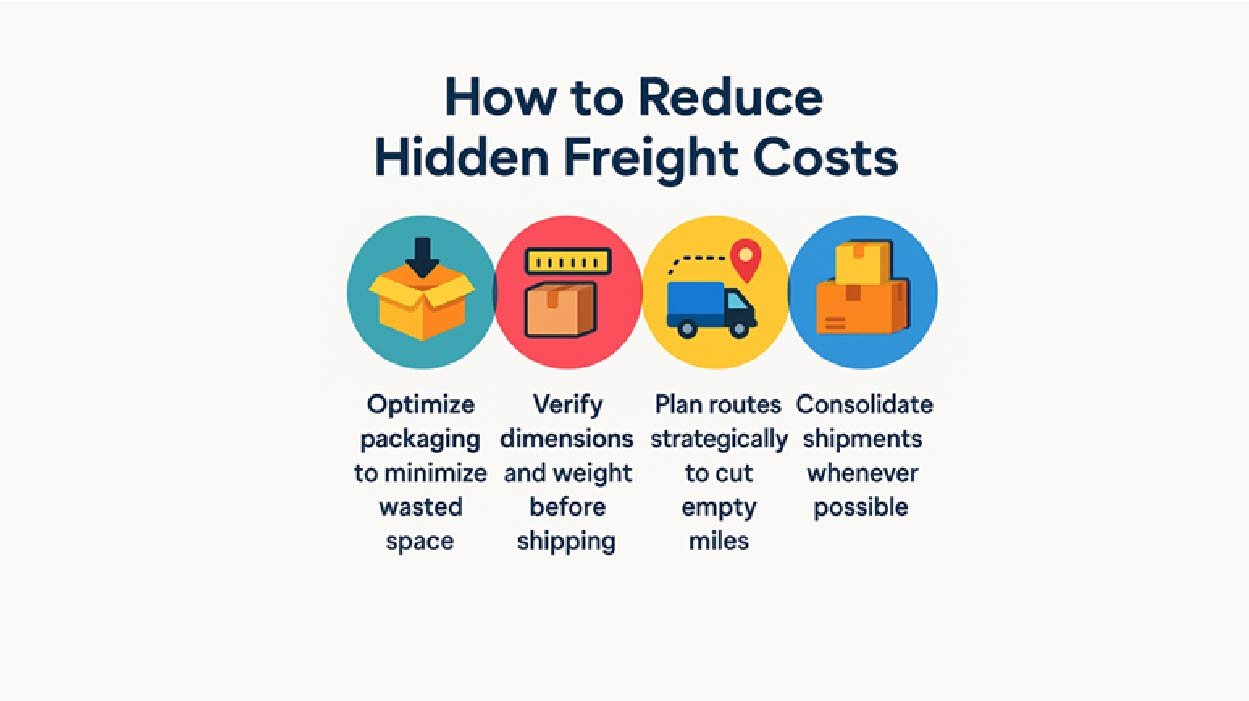Shipping container prices have skyrocketed by 80% since November 2020 and have nearly tripled over the past year. If you’re wondering how to reduce freight costs in this challenging environment, the answer might be hiding in your load planning strategy.
Effective load planning can literally make or break your logistics operations. By optimizing how you arrange and distribute cargo, you can cut freight costs by up to 85% through more efficient space utilization. Traditional manual planning is notoriously time-consuming and often leads to significant inefficiencies. However, with the right load planning software and container loading calculator, you can systematically reduce shipping costs while ensuring secure transport.
In this article, you’ll discover the hidden costs in freight shipping you might be overlooking, strategic load planning approaches that quietly save money, and how to build a cost-effective load planning system. Additionally, you’ll learn why coordinated strategies across packaging, routing, and carrier selection are essential for meaningful cost reduction.
Hidden Freight Costs You May Be Overlooking
Freight expenses go far beyond base shipping rates. In 2023, 43% of truckloads moved partially empty, wasting an average of 29 feet of deck space—the equivalent of one in every four trucks running completely empty.
Accessorial fees are another hidden drain. Extra charges for services like liftgates or address corrections may look minor, but add up quickly. In the automotive industry, surprise fees average $548 per shipment.
Dimensional weight pricing makes matters worse. When packages take up more space than their weight allows, carriers charge for volume, not weight—pushing costs 30–50% higher for oversized boxes.
The environmental impact is equally alarming: 2.5 billion corrugated boxes are wasted every year, equal to cutting down 16.6 million trees.

A well-executed load planning strategy tackles these issues head-on, transforming inefficiencies into savings.
Load Planning Strategies That Quietly Save You Money
Smart load planning is one of the most effective ways to cut transportation costs across logistics operations. By optimizing shipments, companies can move larger quantities in fewer trips—reducing the total number of loads required.
One of the biggest benefits is tackling empty miles directly. Strategic consolidation lowers fuel usage, maintenance costs, and labor expenses, while also reducing carbon emissions, boosting your reputation for sustainability.
Technology is key. Advanced load planning software generates detailed reports on weight and dimensions, recommends the best container type, and provides 3D visualizations to spot issues before they cause delays.
Practical strategies include:
- Freight consolidation—group smaller shipments into full loads
- Dynamic load matching—align real-time capacity with freight needs
- Strategic stacking—maximize space without compromising safety
The payoff is significant: optimized load planning can reduce transportation costs by up to 25%. It also helps avoid demurrage and detention fees by ensuring faster, more efficient loading and unloading.
Ultimately, smart planning doesn’t just save money;it creates ripple effects of efficiency throughout your entire supply chain.
Building a Cost-Saving Load Planning System
A structured approach to load planning can deliver measurable savings, especially since freight represents nearly 70% of total supply chain costs. By replacing guesswork with data and systems, companies can unlock significant efficiencies.
Begin with precise measurement. Weigh and measure trucks accurately to eliminate reliance on “tribal knowledge.” Then, align transportation and warehousing teams by reviewing operational constraints together on a regular basis.
Technology provides the backbone. Transportation Management Systems (TMS) with freight optimization tools can cut costs by 10–40% through automated consolidation and route planning—doing in minutes what would take hours manually.
Core practices to implement:
- Track vehicle fill rate (VFR) against realistic goals
- Analyze shipment history to identify the most profitable lanes
- Monitor KPIs such as on-time delivery and cost per kilometer
Data-driven planning is essential. For example, SmartHop reports that 79.5% of dry van lanes were unprofitable—clear proof of why careful optimization matters.
Finally, make performance tracking a routine. Monitor loading times, delivery success rates, and damage reports to build a continuous improvement cycle that strengthens your load planning system over time.
Conclusion
Effective load planning can reduce freight costs by up to 85% while addressing hidden expenses like empty miles, accessorial fees, and dimensional weight pricing. Instead of relying solely on rate negotiations, focus on smart packaging, strategic routing, and data-driven carrier selection, supported by TMS technology that cuts costs by 10–40%. Since freight makes up about 70% of total supply chain expenses, even small efficiency gains bring major bottom-line benefits—turning rising transportation costs into an opportunity for savings, better service, and improved sustainability.
Sources:
- https://www.easycargo3d.com/en/try-container-loading-calculator-online-for-free/
- https://scsolutionsinc.com/5-strategic-tips-for-cutting-freight-costs/
- https://wisor.ai/how-to-reduce-freight-costs/
- https://www.shipium.com/en/blog/how-to-reduce-freight-costs









